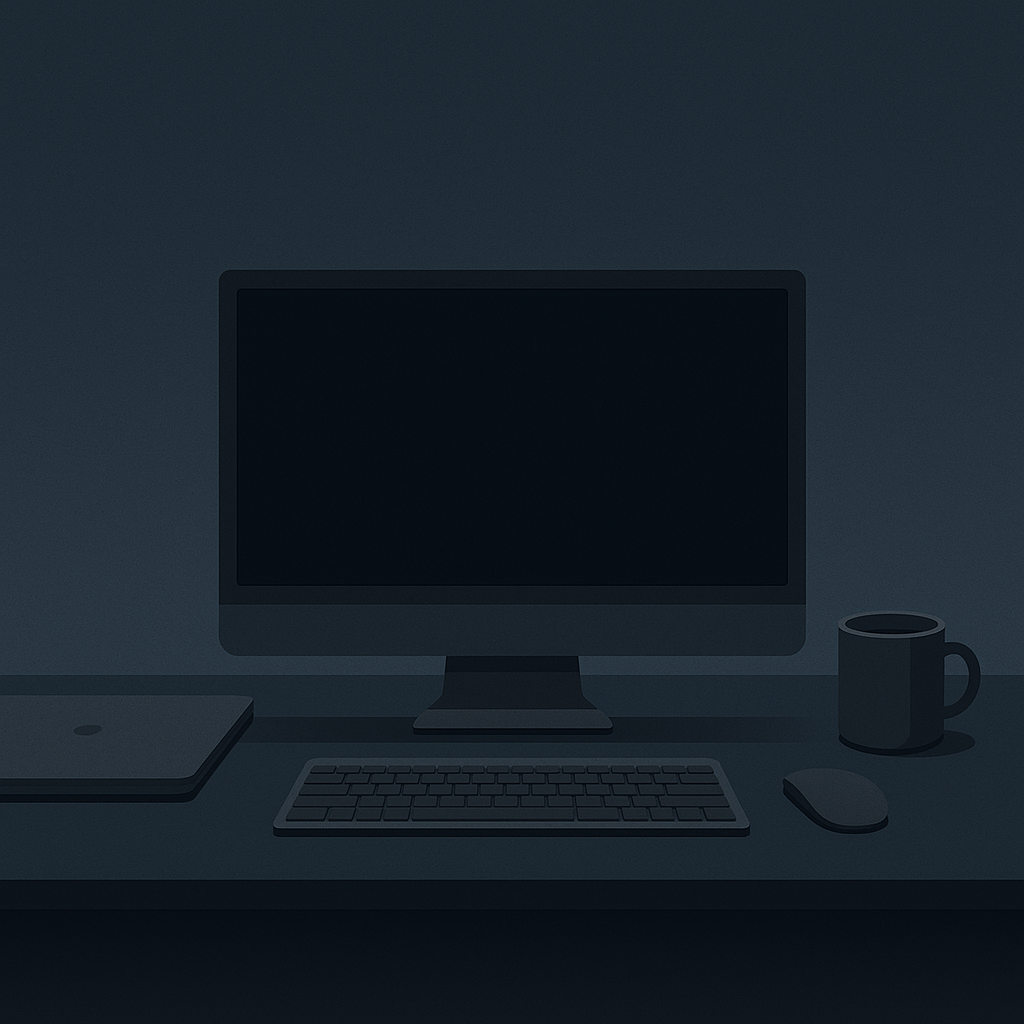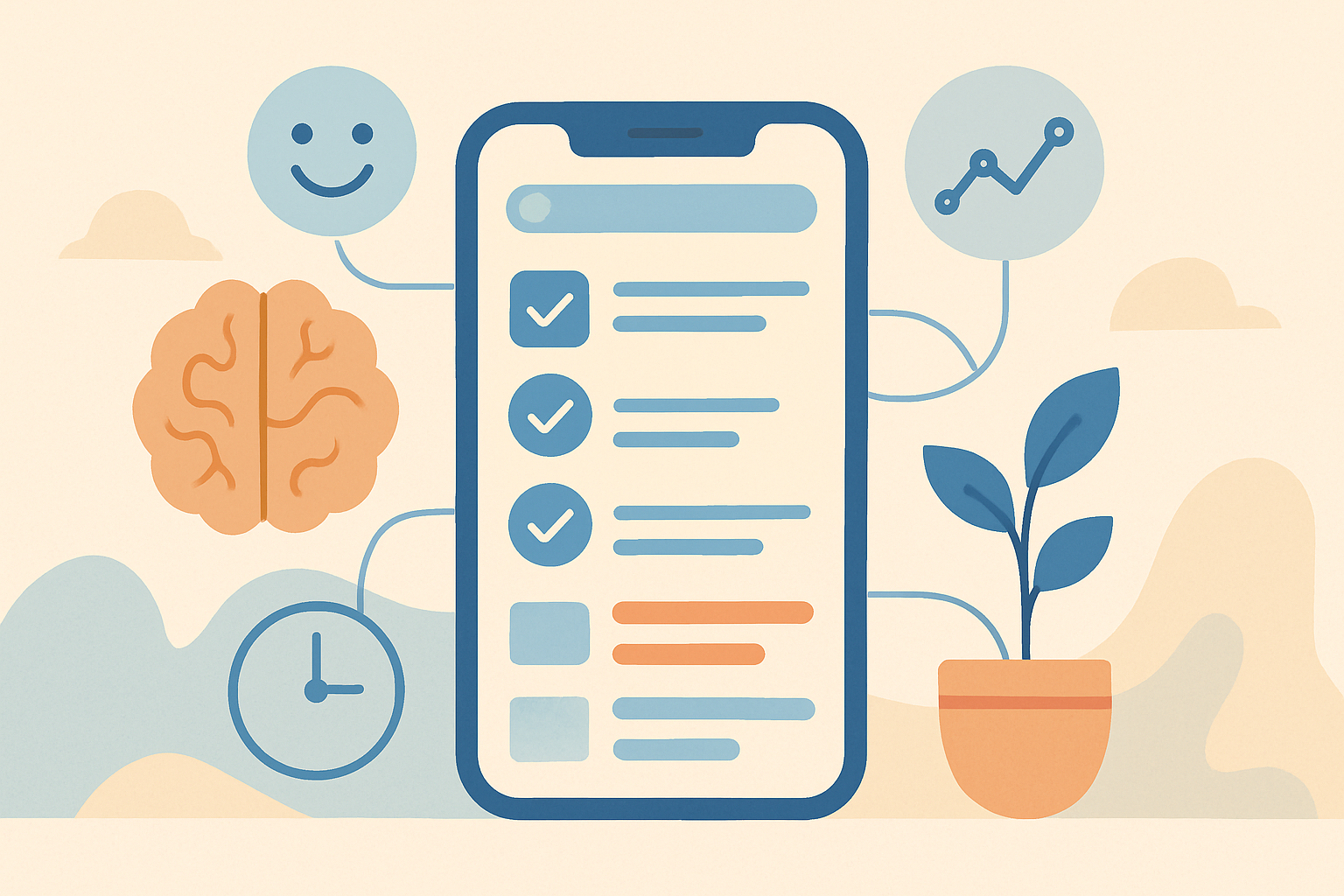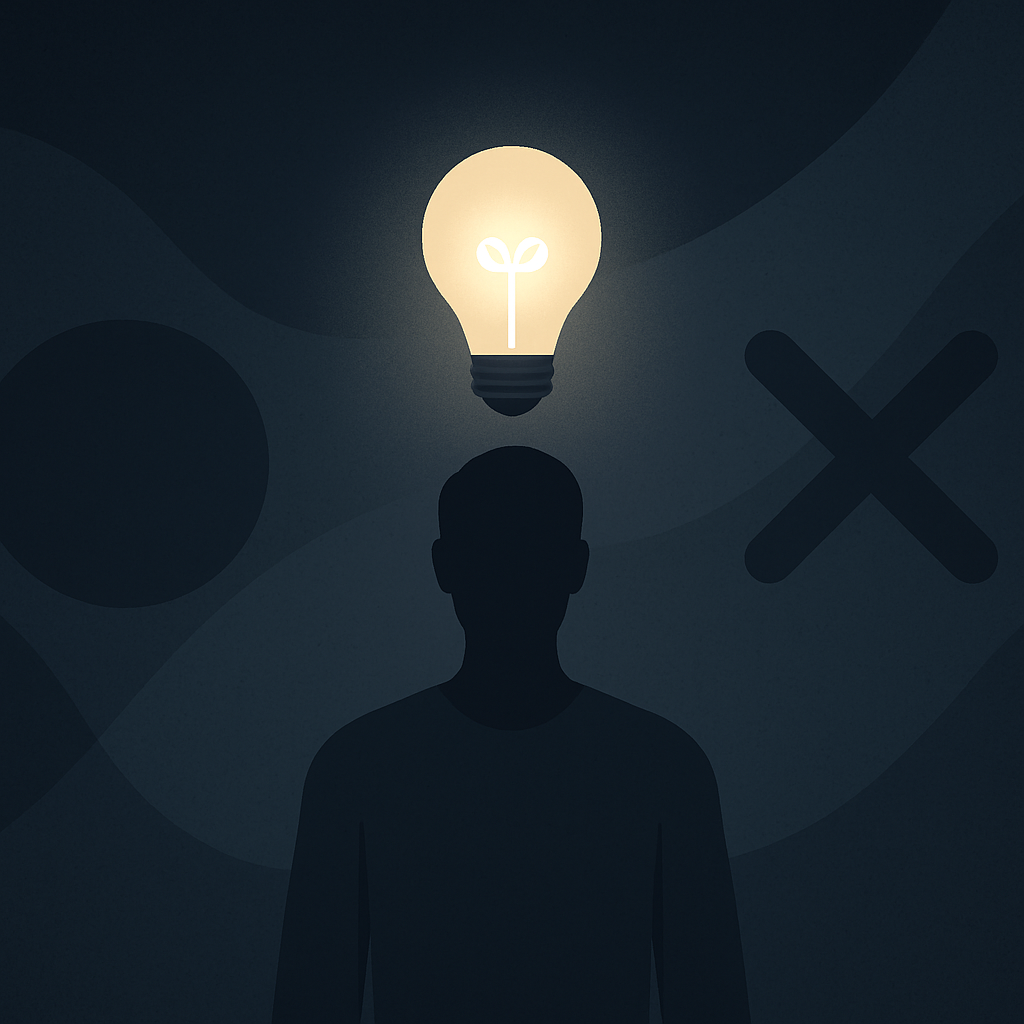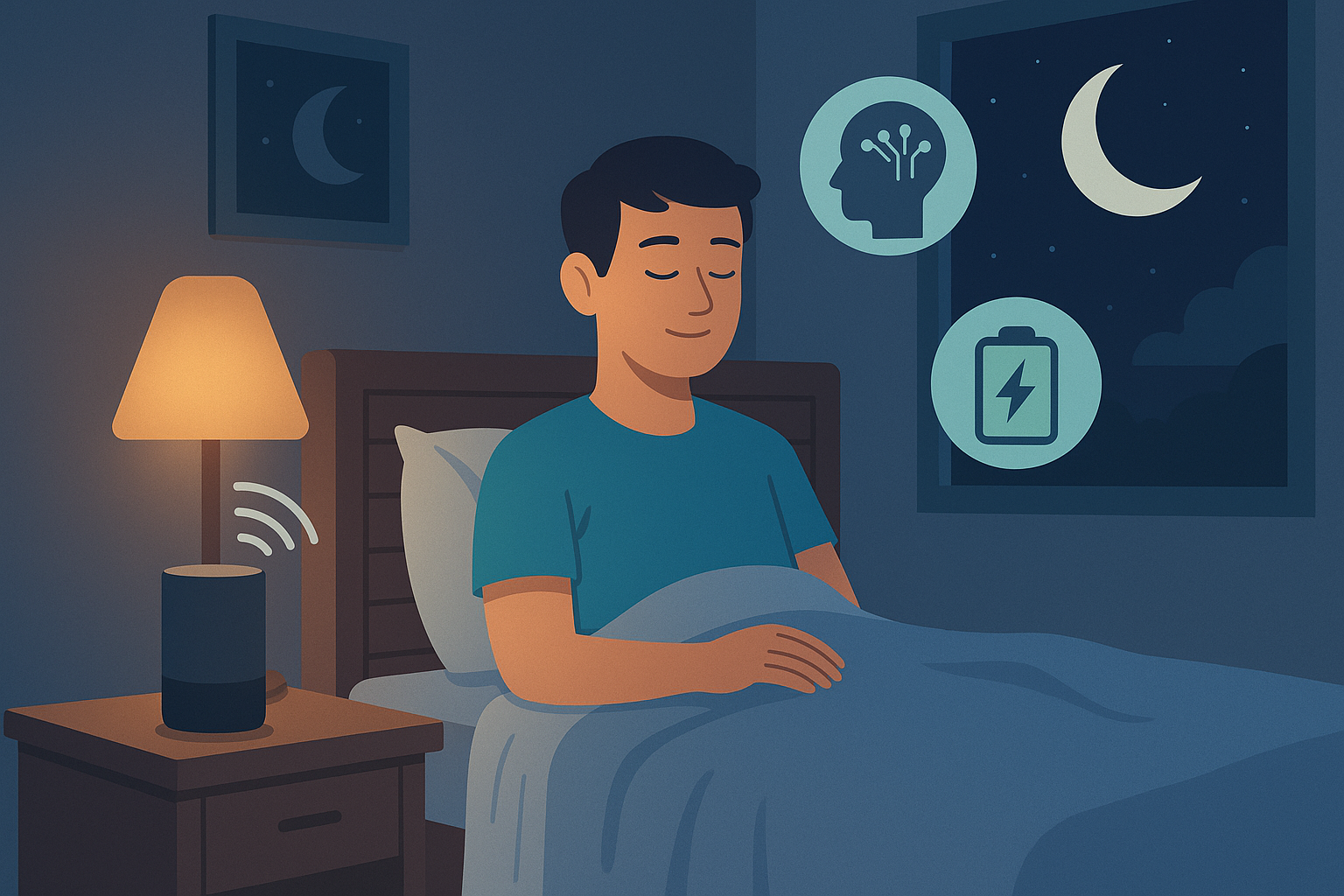Technology was meant to make life simpler. Yet for many, it has done the opposite. Between endless tabs, flashing notifications, and constant switching, our digital world has turned from tool into trap. The good news: balance can be rebuilt. Digital Balance
Achieving digital balance isn’t about quitting your phone or deleting every app. It’s about consciously designing your digital ecosystem to promote focus, calm, and control. When your digital space is frictionless and intentional, your mind follows suit.

The Psychology of Digital Overload
Every ping, message, and badge notification captures a fraction of your attention. Each time you glance at your screen, your brain must decide: Is this important? That simple act triggers a cascade of decision-making in your prefrontal cortex — and this is where the energy drain begins.
Studies in cognitive psychology show that frequent digital interruptions reduce working memory, increase stress hormones, and erode what’s known as attentional stability — your brain’s ability to stay centered on one goal for extended periods. The more cluttered your digital space, the more your brain has to filter irrelevant noise.
The key to digital balance is to reduce what your brain must process. By minimizing inputs and optimizing your tools, you create a setup that feels light, organized, and peaceful.
Designing Your Digital Balance Environment
Start by treating your digital environment like a physical workspace. You wouldn’t work efficiently in a cluttered room; your screen shouldn’t be any different.
A clean desktop, minimal dock, and neutral background already reduce cognitive load. But beyond aesthetics, the structure of your system determines how easily you can focus.
Here’s a simple framework for creating a distraction-free digital setup:
| Element | Design Choice | Impact on Digital Balance |
|---|---|---|
| Desktop | Single neutral wallpaper, no icons | Reduces visual noise and promotes calm |
| Tabs and Apps | Limit to essential tools only | Keeps your attention anchored |
| Notifications | Disable non-critical alerts | Prevents micro-distractions |
| Layout | Center task window, dark mode | Reduces visual fatigue |
| Automation | AI tools manage routines | Frees mental space for creative work |
Minimalism is not about emptiness — it’s about clarity. By consciously removing digital clutter, you invite focus back into your workflow.
Using AI to Maintain Digital Balance
Artificial intelligence can help you sustain digital balance automatically. Instead of relying on discipline alone, use AI tools to design an environment that adapts to your behavior and protects your focus in real time.
Tools like Motion AI, Reclaim, or Serene AI can schedule tasks, mute notifications, and even rearrange your calendar based on energy and cognitive load. If you spend too long multitasking, they’ll nudge you back into deep work.
Example:
Emma, a UX designer, struggled to manage constant Slack messages while designing complex prototypes. She integrated Reclaim AI, which automatically grouped meetings and protected two uninterrupted focus blocks each day. Within a week, her workflow stabilized. She wasn’t working longer — she was working clearer.
In this new environment, balance isn’t a temporary state; it’s built into the system.
The Role of Environment in Digital Balance Calm
Every aspect of your digital setup — from brightness to typography — affects how your mind reacts. Even the smallest visual stimuli can act as triggers that shift attention away from the task.
Here’s how design choices translate into focus outcomes:
| Design Factor | Example | Cognitive Effect |
|---|---|---|
| Color Palette | Cool blues, soft neutrals | Lowers arousal, supports sustained focus |
| Typography | Sans-serif fonts (Poppins, Inter) | Easier eye scanning, less fatigue |
| Contrast | Moderate, not high | Prevents overstimulation |
| Sound | AI-generated ambient tones | Improves sustained mental flow |
Pairing design minimalism with AI tools turns your devices into allies instead of enemies.
Building Intentional Workflows
Digital balance isn’t achieved through aesthetics alone — it’s also behavioral. It’s about defining when and how you interact with your digital world. The trick is to embed mindful pauses and friction points where your attention typically leaks.
For example:
- Set specific “focus windows” where only core tools remain open.
- Use AI blockers like Freedom or Opal AI to silence noise during those windows.
- Schedule reflective sessions where tools like Notion AI summarize your digital activity and help you refine what’s truly necessary.
Imagine logging in each morning to a workspace where only the essential tabs appear. No Slack. No social notifications. Just the project you’ve chosen to prioritize. This simplicity rewires your brain toward single-task presence.
Balancing Work and Rest Digitally
One of the most overlooked components of digital balance is recovery. Just as your body needs sleep, your brain requires input rest. Constant exposure to screens keeps your attention loops open, preventing deep restoration.
AI wellness platforms such as Endel, Calm AI, or Balance App can detect stress signals and suggest active recovery — like short auditory resets or breathing sessions. These tools analyze heart rate, time of day, and activity history to suggest personalized calm intervals that restore attention.
Example: after 90 minutes of work, Endel’s AI automatically triggers a soft ambient track to help you transition away from the keyboard. You pause, breathe, and return renewed — an act that accumulates into long-term digital equilibrium.
When Less Becomes More
A balanced digital setup changes your relationship with technology itself. You stop reacting and start directing. You no longer chase notifications — you choose when to engage.
That sense of control translates into better focus, higher-quality output, and calmer decision-making. Paradoxically, by using fewer tools, you create more capacity.
Digital balance isn’t about restriction; it’s about alignment. Once technology mirrors your rhythm instead of fighting it, clarity returns — both on your screen and in your mind.
Conclusion
A distraction-free digital setup is not a design trend; it’s a necessity for a healthy mind in a connected age. True digital balance comes from awareness — knowing what deserves your attention and what doesn’t.
Through intentional design and the help of intelligent AI tools, your digital world can become a quiet, stable environment that supports focus instead of fracturing it. Balance begins not when you disconnect from technology, but when you reconnect with purpose.
Further Reading & Related Insights
Internal link:
- The Hidden Cost of Multitasking — Solved by AI — Learn how AI restores mental focus and protects your attention from digital overload.
External links:
- Harvard Business Review – How to Build Digital Focus in a Distracted World
- Nir Eyal – Designing for Focus and Behavioral Calm
Blog
This section provides an overview of the blog, showcasing a variety of articles, insights, and resources to inform and inspire readers.
-

AI Habit Tracking and the New Rhythm of Modern Self-Improvement
AI Habit Tracking. Progress used to depend on discipline. Now, it depends on data.…
-

AI Decision Making and the New Discipline of Intentional Living
AI Decision Making. Every “yes” has a cost. Every time you agree to something…
-

The Perfect AI Night Routine to Sleep Better and Think Smarter
AI Night Routine. Your morning doesn’t begin when you wake up — it begins…
